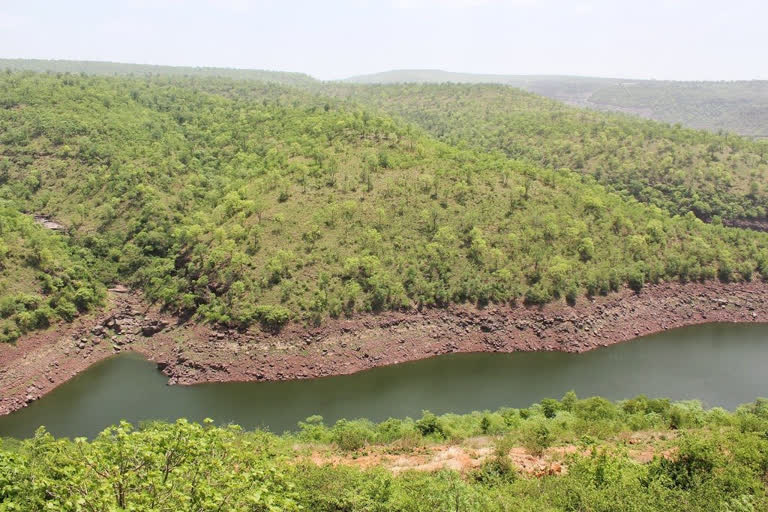Hyderabad:Policies which poison farmlands, increase pollution, and deplete natural assets are worsening people's lives. Decisions to destroy forests, wildlife and water resources are hindering development. The Central government's decision to explore uranium resources in Nallamala forests which are spread across Andhra Pradesh and Telangana comes under this category.
The Centre is turning a deaf ear to the widespread protests from several corners of the society. It is estimated that there are 2,32,315 tonnes of uranium deposits nationwide. Andhra Pradesh has the highest prevalence of the heavy metal at 52.75 per cent followed by Jharkhand (24.72), Meghalaya(8.41), Telangana (6.77), Rajasthan (3.44), Karnataka (1.71), Chhattisgarh (1.45), Uttar Pradesh (0.29), Himachal Pradesh (0.29), Maharashtra (0.13) and Uttarakhand (0.04).
One can notice that the government organisations themselves are disobeying pollution control laws in places like Tummalapalle village in Kadapa district, Andhra Pradesh. The exploration and processing activities by Uranium Corporation of India in this place are against the rules set by the Ministry of Environment, Forest and Climate Change and even the State Pollution Control Board. The industry is dumping radioactive waste into a nearby river, polluting groundwater and causing health hazards to the public.
Management of waste and by-products is as important as the metal extraction itself, but no efforts are put in this regard. According to the State Pollution Control Board, water samples in the area have high concentration of salts, minerals, sulphates, uranium, chromium, and nickel. According to the World Health Organization and Indian Drinking Water Standards, high levels of sodium salts and toxins in the water are responsible for kidney and gastrointestinal diseases. Uranium causes cancer and skin allergies, while chromium and nickel cause respiratory ailments. Due to high alkalinity, agricultural lands become infertile, resulting in zero harvest.
According to the conditions set by Consent for Establishment (CFE) issued on June 22, 2007, by Andhra Pradesh Pollution Control Board (APPCB), the uranium tailing ponds must be lined with bentonite with minimum 500mm layer with 250 micron of polyethylene layer with an adequate protective layer of clay or sand of 250 mm. But till now, polyethylene layers have not been established in the ponds.
